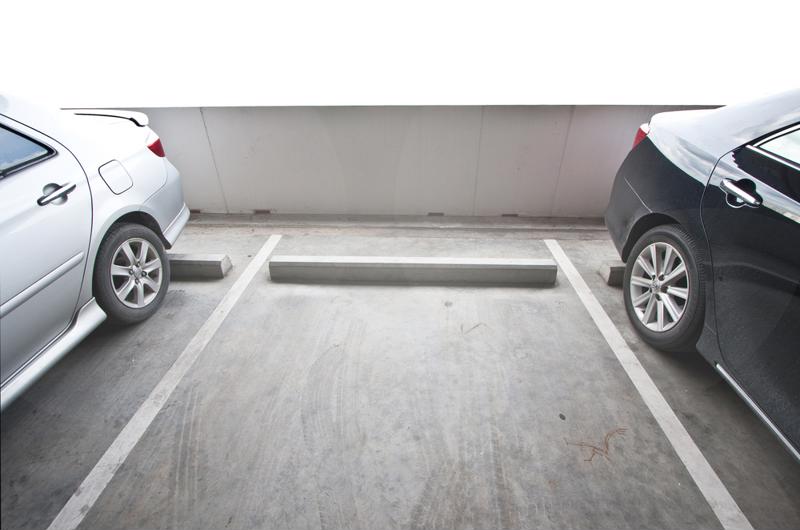

People are living longer now than ever before. Over the last 100 years, the number of Americans age 65 and older has multiplied by about 10 times, according to ABC News. Richard Suzman is an expert of the National Institute of Aging. He phrased it very simply:
"People are living longer and living more of their life in better health than before," he said.
You don't just need to take his word for it, however. In the U.S., there are roughly 35 million people (that's almost 13 percent of the entire population) that are 65 and older, according to the National Center for Health Statistics. In 2000, the average 65-year old still had about 18 years of life expectancy. That's much higher than 100 years before. In 1900, 65-year olds could expect to live for only about 12 more years.
That means there are going to be a growing number of drivers on the roads for longer. Although it has traditionally been tough for elderly populations to excel at driving, the advances in technology are making it possible now more than ever before.
Geared for the older generation
A recent study conducted by the AAA Foundation concluded that better in-car technology can go a long way in prolonging a person's driving life. Newer technologies help make tasks that would otherwise be too cognitively or physically demanding possible once again for seniors. Just because people are getting older doesn't mean they shouldn't be encouraged to drive independently. How old you are has little to do with your competency to drive.
Instead, the challenges of driving at an older age are from things like failing eyesight and slower reaction times. Age is never a true indicator of how fit someone is to drive. A 90-year old, for example, may very well have sharper eyesight than a 60-year old.
But if the 60-year old has incredibly slow reaction time, the eyesight will do little to help. Not only is it important for people to have the ability to get themselves from Point A to Point B without hassle, but the ability to drive is linked to mental health.
In fact, the AAA Foundation found that older people who have given up driving permanently are nearly twice as likely to suffer from depression. Here are a few of the exciting developments in technology that are helping to make it possible for older individuals to continue driving safely.
Parking assist and rear view display
As we continue to age, we will become less flexible - especially around the joints. That said, tasks that you take for granted, like parking, can literally become a pain in the neck. Instead of turning your neck at awkward and possibly painful angles trying to get a view of what you're backing up into, turn to the parking assist tools and technologies.
Parking assist and rearview display used cameras placed at the rear of your car to see what is behind you. Instead of looking in a rearview mirror, a camera will send a real-time video to a screen on an entertainment console or even dashboard. As a driver, watching your path on a screen in front of you can make parking and maneuvering your vehicle much easier.

The concept is popular and still gaining popularity. In fact, about 95 percent of drivers over the age of 65 said they would use such a feature on their next vehicle, according to Automotive Fleet. The 55 percent of the same population asserts that it greatly reduces the stresses that go along with driving.
Automatic crash notification
With an automatic crash notification, should the worst occur, the emergency services will be alerted straightaway. Fire, ambulance and police will be on-scene as soon as possible, which could make a big difference as to how serious the accident is. Older drivers can be more at risk of notable injury than younger ones, especially if they have any underlying health conditions or concerns.
Forward collision warning
In a modern car, it is easy to feel as though you have extra eyes and ears looking and listening for you. These extra eyes and ears come in the forms of cameras and alarms. Cameras look at the road ahead and behind you, constantly scanning for possible hazards.
"Technology reduces collisions by 20 percent."
If it looks like you're about to collide with another car, for example, an alarm will sound notifying you to stop. Even more advanced technologies are exploring ways for your vehicle to automatically brake if there is an impending collision. The technology reduced human error in driving and results in 20 percent less chance of a collision, according to Automotive Fleet.
Self-driving cars in our future?
Do you remember when the notion of a vehicle driving itself seemed like a concept of a far away, futuristic world? The day we see cars without drivers may not be that far away. In July of 2016, Nissan Motor Company debuted a minivan with self-driving technology.
Even though the vehicle will only be compatible with single-lane highways, it's a major step forward in the development of cars that do not require drivers. Although senior citizens may not get as much of a thrill from a vehicle that drives without their assistance, self-driving cars may be a safe alternative in the future.